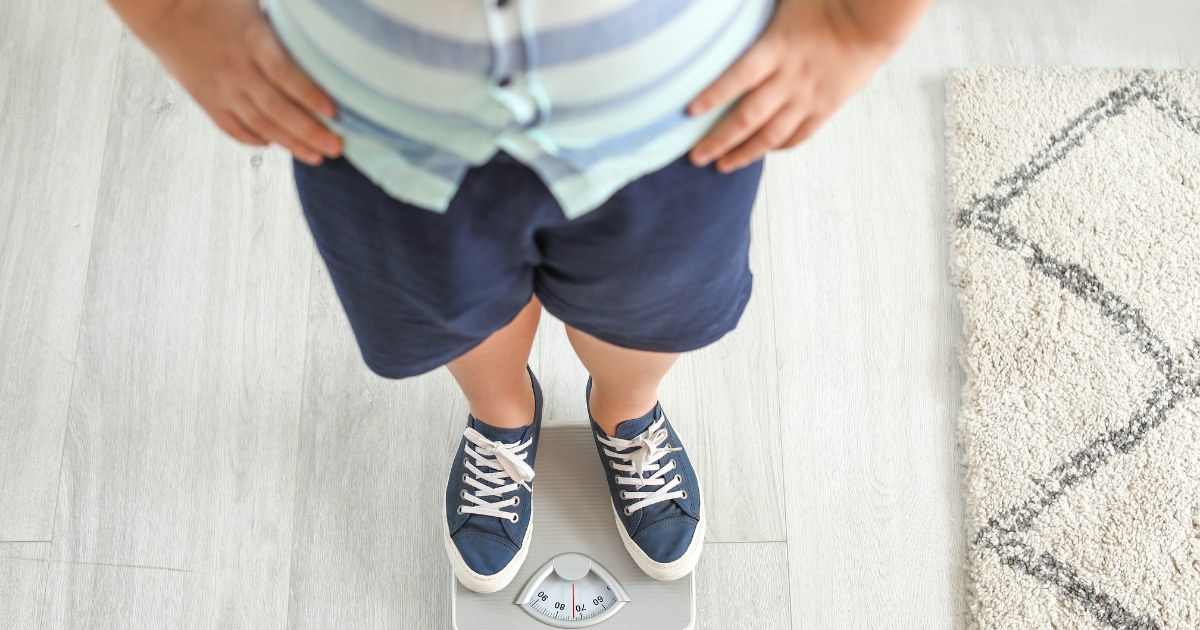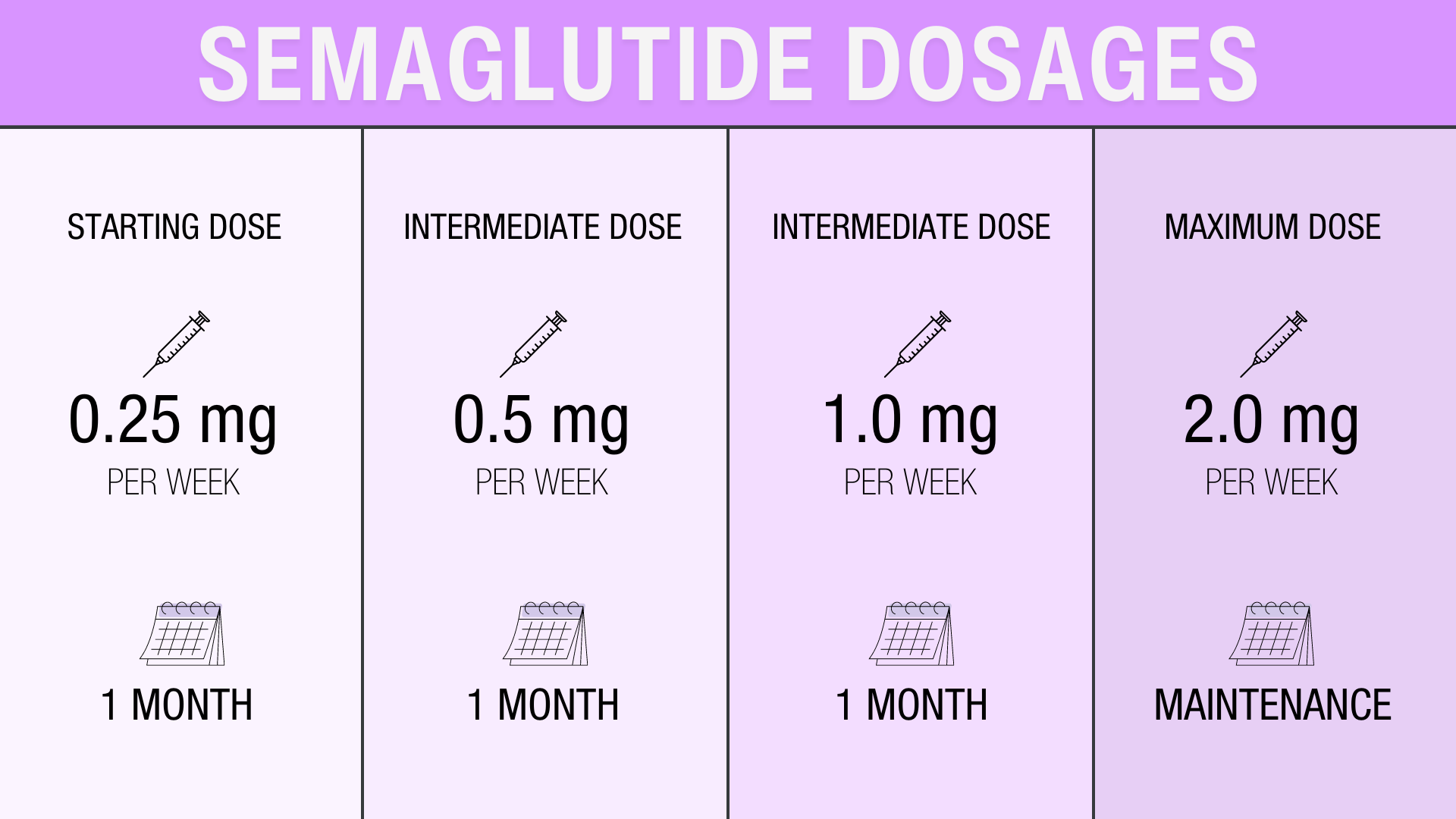
How Long Do Semaglutide Side Effects Last? A Guide to Help You Navigate Post-Injection Woes
If you’ve been paying any attention to the news or celebrity gossip lately, you’ve most likely heard of semaglutide. This remarkable weight loss drug has taken Hollywood (and the rest of the world) by storm.
While Semaglutide is a safe, effective weight management tool with countless success stories, it’s important to realize that no medication comes without its associated risk of side effects. Before committing to taking any medication, it’s important to understand what symptoms the drug may cause fully. Here’s what to know about the most common semaglutide side effects, how long they typically last, and how to reduce your symptoms.
Why Everyone Is Using Semaglutide for Weight Loss?

Semaglutide was first FDA-approved for use as a type 2 diabetes medication. It falls into the category of GLP-1 agonists, which means it mimics the actions of the hormone glucagon-like peptide-1. This is a hormone the body releases after eating. It helps slow the digestion rate, stimulate insulin secretion, and inhibit glucagon release. These functions help GLP-1 agonist medications reduce high blood sugar (hyperglycemia) in people with type 2 diabetes.
If semaglutide is so effective for treating type 2 diabetes, you may be wondering why people are using it for weight loss. The answer is quite simple: the exact mechanisms semaglutide employs to treat type 2 diabetes also help the body get rid of excess weight. The drug functions as a remarkably effective weight loss tool by reducing blood sugar levels, slowing gastric emptying, and increasing satiety.
What are the Most Common Semaglutide Side Effects?
You probably have a few questions if you’re thinking about losing weight with semaglutide injections. You may wonder, “What are semaglutide side effects like?” or “When do semaglutide side effects start?” The answers to these questions may vary slightly per individual.
Some people experience few to no side effects while taking semaglutide, while others get so sick they have to stop taking the medication altogether. The difference in how people respond to this popular weight-loss drug may be partly due to genetics and medical history. However, some people get sick because they try to increase their weekly dosage too quickly. Or, they may order semaglutide from a compounding pharmacy online and start with a much too high dosage.
Only semaglutide injections must be ordered from a skilled and trusted provider. Otherwise, patients may not know what dosage to take and end up over-medicating themselves. This could lead to severe side effects. Experienced providers know how to mitigate their patients’ risk of semaglutide side effects. They do this by starting with a low dose and slowly increasing the injection amount until they reach the most effective, maximum dosage.
Even if you receive semaglutide injections from a skilled provider, there’s still a possibility you might experience some temporary unwanted side effects. They will most likely occur when you begin taking the medication or your provider increases your weekly dosage. Here are some of the most commonly reported symptoms associated with semaglutide injections and how to reduce them.
Related Reading: Semaglutide Dosage Chart
Nausea

Nausea is the most common side effect associated with GLP-1 medications like semaglutide. It’s not clear why the medication has this effect on the gut, but it may be related to the way semaglutide slows digestion. Fortunately, most people report a reduction in their nausea within a few weeks of taking the drug.
How To Treat:
You can mitigate nausea by avoiding greasy, ultra-processed, and high-sugar foods and drinks. You should also listen to your body and stop eating when you feel full. If you continue eating past the point of fullness, you could end up feeling nauseous and bloated. Remember, your digestive tract slows down while you’re on semaglutide. Therefore, you must eat slowly and observe your body’s satiety cues.
Bloating

Bloating is another one of the most common semaglutide side effects. As with nausea, this symptom is likely due to slow gastric emptying.
How To Treat:
You may reduce bloating by staying hydrated, avoiding carbonated beverages, and avoiding beans, lentils, and other foods that can cause excess gas.
Constipation

Regular bowel movements are essential when taking semaglutide. Many patients experience constipation because the drug slows down their digestive processes.
How To Treat:
Drink plenty of water each day to help move foods through your body. Include high-fiber foods such as fruits and vegetables to help you maintain a regular bathroom schedule.
Diarrhea

In some cases, patients with semaglutide side effects experience loose bowels instead of constipation. Persistent diarrhea can lead to electrolyte imbalances, nutritional deficiencies, and embarrassment. If one of your semaglutide side effects includes diarrhea, you can do a few things.
How To Treat:
Cut back or eliminate high-fat foods like cheese, ice cream, and milk from your diet. They can contribute to semaglutide-related diarrhea. You should also avoid highly greasy foods like fried chicken, French fries, and pizza for the same reason. Check with your healthcare provider if you ever get dizzy or weak while experiencing frequent diarrhea. You should also talk to your semaglutide provider to see if they can cut your dose back a bit until your symptoms subside.
Headache
Not everyone experiences headaches while taking semaglutide, but some people do. While semaglutide itself may not directly cause head pain, some of its associated side effects may cause headaches in some people. For example, dehydration from diarrhea or vomiting could lead to head pain. Decreased blood glucose from semaglutide usage could also cause headaches.
How to Treat:
To reduce head pain while taking GLP-1 agonists, prioritize adequate daily hydration. Make sure you’re drinking at least eight glasses of water per day throughout the day. Get in the habit of taking a water bottle with you everywhere you go so you can sip from it as needed. You might also relieve headaches by taking the right dose of semaglutide before bed instead of in the morning. Doing this can help you sleep through unwanted side effects so you feel better when you wake up.
Getting quality sleep at night is another great way to reduce migraines. Your body needs time to recharge and repair its cells, and it primarily does these two things while you sleep. Headaches commonly occur after a chronic lack of sleep. They’re often your body’s way of telling you to slow down and take time for rest and rejuvenation.
Fatigue
Taking semaglutide can make you feel more tired than usual, especially for the first few weeks while your body grows accustomed to the medication. Some of the most common reasons for semaglutide-related fatigue include eating too few calories, decreased blood sugar levels, and dehydration. Fortunately, you should start to get some of your energy back once your body adjusts to the medication’s effects. In the meantime, there are a few things you can do to fight the stubborn energy slumps semaglutide can cause.
How to Treat:
To treat persistent fatigue while taking semaglutide, make sure you’re eating enough calories to support your body’s needs. Semaglutide can decrease your appetite and make you feel like you don’t need to eat as much. This is a huge plus for anyone who experiences intense cravings and has a problem with overeating. However, it’s easy to consume too few calories on semaglutide and not even realize it because you feel satiated more quickly than you used to. You can use online calculators to determine how many calories you should eat to support your body’s needs based on your height, weight, gender, and activity levels.
Abdominal Pain
Semaglutide slows down the body’s digestive processes, which means it takes longer for the food you consume to make its way out of your body. Therefore, you’re more likely to feel abdominal pain due to your slowed digestion rate.
How to Treat:
Treat abdominal pain by eating smaller meals more frequently throughout the day. That way, you’re less likely to feel like you have a large lump of food trying to make its way through your digestive tract at any one time. In cases of severe pain, you may need to talk with your provider about temporarily reducing your dosage until your body grows accustomed to it.
How Long Do Semaglutide Side Effects Last?
Your experience while taking semaglutide may be different from someone else’s. However, most people only experience unwanted semaglutide side effects for the first few weeks of treatment. After that, side effects typically subside or go away completely. Some people may also experience a temporary resurgence of symptoms each time their dosage increases.
Unfortunately, some semaglutide patients may never experience a reduction in symptoms. If this happens to you, your provider will most likely recommend that you stop taking the drug.
Tips to Prevent & Handle Semaglutide Side Effects
In addition to utilizing the tips above, there are other ways to prevent and handle side effects from semaglutide injections. Try the following suggestions to minimize unwanted symptoms and get the best treatment outcome.
Eat Healthy

Establishing long-term healthy eating habits is key to keeping weight off during and after semaglutide. Fill your plate with nutrient-rich foods like fresh vegetables and fruits, complex carbohydrates, lean protein, and healthy fats. Avoid nutrient-poor options like fast food, highly processed grocery store foods, and sugary treats. Eating a nutritious diet may lower your risk of experiencing semaglutide side effects.
Exercise

Physical activity is essential for optimal health. It may also help move food through your digestive tract so you feel less bloated and uncomfortable. Make sure you incorporate cardiovascular exercises, weight training, and stretching into your weekly routine. Exercise will help you maximize weight loss and improve your overall fitness.
Take Medication On-Time as Prescribed

To reduce your risk of side effects, always take semaglutide as prescribed. Don’t ever try to increase your dose too rapidly. Take your medication once per week and try to do it on the same day and at the same time each week.
Ensure you inject the medication in the correct area of the body as your provider prescribes. This will likely be in the stomach, upper arm, or thigh. Commit to completing the entire treatment plan timeline, usually 20+ weeks. Doing all of these things can help reduce any semaglutide side effects you experience while ensuring the best treatment outcome.
Lose Weight With Semaglutide Injections
Are you ready to experience semaglutide’s life-changing benefits? Now that you know what to expect and how to mitigate side effects, it’s time to start your semaglutide weight loss treatment. Contact Calista Skin & Laser Center at 817-488-3838 to reserve your appointment.
Schedule a consultation
Please fill out the form below or call us at 817-488-3838
By submitting this form you agree to be contacted via phone, text, and/or email.
Schedule a consultation
Please fill out the form below or call us at 817-488-3838
By submitting this form you agree to be contacted via phone, text, and/or email.









